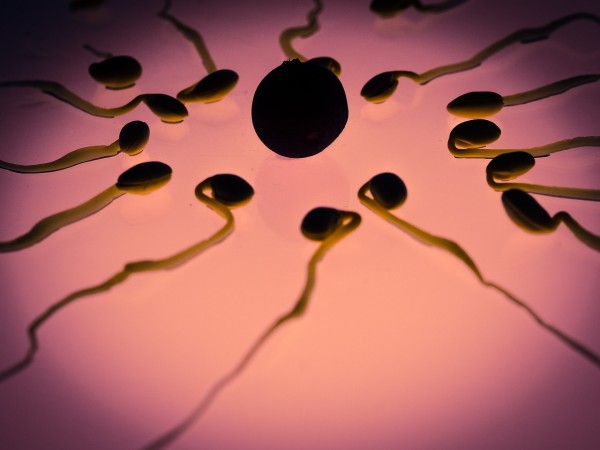Evolutionary Geneticist Receives $1.8 Million Grant to Examine ‘Jumping Genes’

Parasites, according to study, ‘tend to jump onto sperm and egg cells in their driving need’ to reproduce to the succeeding generation, therefore getting the label ‘jumping genes.’
In maybe unbelievable but a human's genes are a 50-percent parasite, and, according to scientists, "opportunistic at that."
Study finds, these genes "tend to jump onto egg and sperm cells" to duplicate in the succeeding generation, a process that can destroy either a sperm or egg cell.
In relation to this, evolutionary geneticist, Erin Kelleher from the University of Houston, equipped with a new grant amounting to $1.8 million, is currently attempting to identify how the reproductive cells can continue even with this impairment caused by parasites.
Within one's genome or a whole set of genes, half comprises the so-called "transposable components." In other words, a human is a 50-percent parasite.
ALSO READ: 5 Ways to Flush Out Caffeine When You've Had Too Much of It
The 'Jumping Genes'
Unusual still, such parasites, according to the study, "tend to jump onto sperm and egg cells in their driving need" to reproduce to the succeeding generation, therefore getting the label "jumping genes."
For some cells, whether eggs or sperm, such an invasion is described as distressing, resulting in strands of DNA to shatter or break, leading to the incapability of producing healthy reproductive cells.
In addition, for other, more inherently tolerant sperm or egg cells, also called "gametes," this so-called "jumping gene" may not be able to break them. However, they may result in the offspring being born with hereditary disorders."
Kelleher, who is also a University of Houston biology and biochemistry associate professor said, they are trying to identify "how a developing gamete might be able to persist" even with this damage the jumping genes have caused.
According to recent reports, to conduct her research, this associate professor was recently awarded a $1.8-million grant by the National Institute of General Medical Sciences.
Kelleher formerly published study results on how the "Bruno gene," a type of gene which regulates the egg's growth, affects tolerance in what she calls the "fruity fly genetic model Drosophila melanogaster."
DON'T MISS THIS: Brain Scans of Children Hint Why Some Are Aggressive and Antisocial
'Bruno' Variants
Kelleher's previous findings also show that "surviving the face of invasion" is what lumps or tumors do, as well, as jumping genes lead to
Surviving in the face of invasion is also what tumors do, as jumping genes cause confusion and mutations in them.
Specifically, the evolutionary geneticist said, "transposable element activity" is associated with the start and development of many types of tumor and age-related neurodegenerative illnesses.
Furthermore, the expert said, understanding how Bruno's genetic variants provide tolerance to the development of "fruit fly eggs" may highlight related or akin mechanisms in tumor cells.
And, since "jumping genes" are affecting the production of eggs, tolerance, according to Kelleher, maybe an adaptive characteristic that enables some individuals to replicate more than the others.
By investigating further, fruit flies gathered previously and comparing them to the presently existing fruit flies, Kelleher seeks to find if tolerant individuals have turned out to be more typical through natural selection.
As part of her investigation, Kelleher is combining genetic evaluation of "mutant gene formations," or alleles with variants of Bruno secluded from populations of "Drosophila" to uncover the causal mechanism and current "evolutionary history" of Bruno-reliant tolerance.
IN CASE YOU MISSED THIS: Why Stress Makes One Overeat or Not Eat at All, and How to Overcome It
Check out more news and information on Genes on MD News Daily.
Sep 01, 2020 08:40 AM EDT




